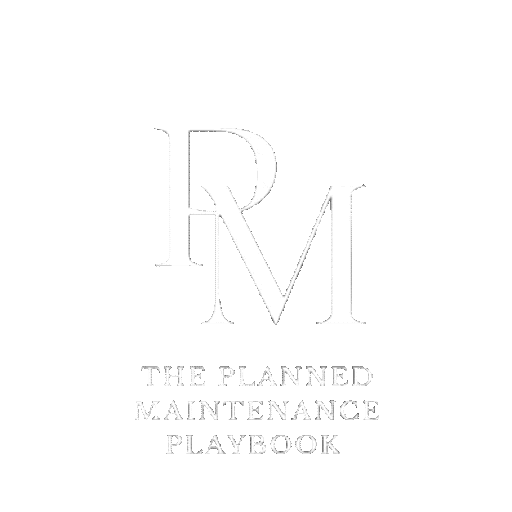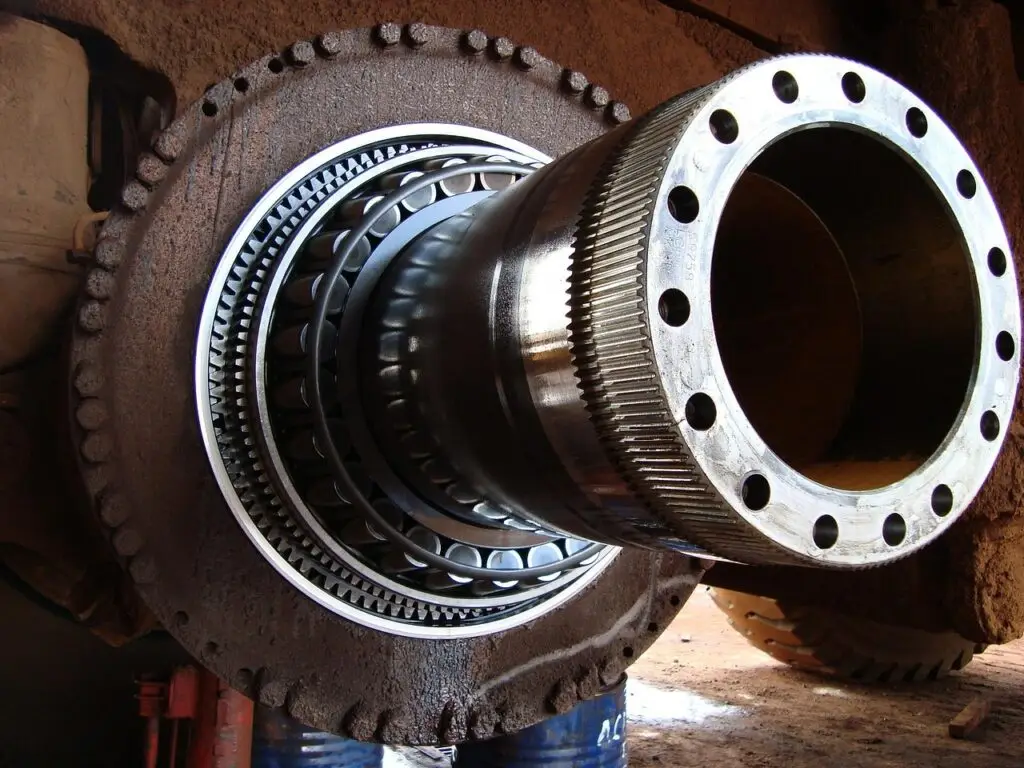As the maintenance world embraces predictive analytics, Iot, and AI-driven insights, it’s not enough to do the work—you need to measure it. Maintenance KPIS (Key Performance Indicators) help teams benchmark performance, track progress, and continuously improve. But in 2025, smart maintenance means tracking the right metrics and knowing how to act on them.
Here are the 10 essential maintenance KPIs you should track this year, with practical examples and improvement strategies.
1. Mean Time Between Failures (MTBF)
Why it matters: MTBF measures equipment reliability. A longer MTBF means fewer breakdowns and a more stable operation.
How to calculate it:
MTBF = Total Uptime / Number of Failures
Real-world example:
A power station tracks the MTBF of its cooling pumps. Previously, they failed every 90 days. After upgrading seals and implementing vibration sensors, MTBF increased to 180 days.
How to improve it:
Use condition monitoring sensors (vibration, temperature) and failure mode analysis to identify weak points before breakdowns occur.
2. Mean Time to Repair (MTTR)
Why it matters: MTTR reflects how quickly your team restores operations after a failure.
How to calculate it:
MTTR = Total Downtime / Number of Repairs
Real-world example:
A packaging line’s conveyor fails and takes an average of 5 hours to fix. After organising spare parts and digitising manuals through their CMMS, repair time drops to 2.5 hours.
How to improve it:
Create repair SOPs and attach them to digital work orders. Train technicians on critical assets and pre-stage repair kits.
Why it matters: It shows how much of your work is proactive vs reactive. The higher, the better.
PMP = (Planned Maintenance Hours / Total Maintenance Hours) × 100
Real-world example:
A food manufacturing plant runs 60% of its maintenance as planned work. After introducing a CMMS-generated PM schedule based on runtime, they bumped that to 85%.
How to improve it:
Use runtime or condition-based triggers to schedule PMs—Optimise PM frequency using historical data and FMEA findings.
4. Schedule Compliance
Why it matters: It tells you whether scheduled work is done on Time, which is critical for preventive maintenance programs.
How to calculate it:
Schedule Compliance = (Completed PMs on Time / Total Scheduled PMs) × 100
Real-world example:
A fleet maintenance team’s compliance is at 65%. After introducing digital reminders and assigning PMs directly to field techs via mobile CMMS, they achieve 92% compliance.
How to improve it:
Break PMs into smaller tasks. Monitor overdue jobs weekly. Use scheduling buffers for high-priority assets.
5. Overall Equipment Effectiveness (OEE)
Why it matters: OEE tracks productivity by combining Availability, Performance, and Quality into one score.
OEE = Availability × Performance × Quality
Real-world example:
An injection moulding line has an OEE of 68%. After addressing micro-stoppages and retraining operators, they reach 80%—saving 10 hours of downtime monthly.
How to improve it:
Use sensors and machine data to capture real-time performance losses. Focus improvement efforts on the lowest of the three OEE components.
6. Maintenance Backlog (in weeks)
Why it matters: A healthy backlog indicates well-managed work planning. Too high = understaffed. Too low = underutilised.
Backlog = Total Hours of Outstanding Work / Weekly Available Labor Hours
Real-world example:
A mining site has a backlog of 6 weeks—delaying critical inspections. By hiring one extra planner and improving task prioritisation, they reduce it to 3.5 weeks.
How to improve it:
Prioritise backlog tasks using risk and criticality. Reassign low-priority work or outsource when needed.
Why it matters: It helps you understand maintenance costs and identify high-cost assets or inefficiencies.
How to calculate it:
Cost per WO = Total Maintenance Cost / Total Number of Work Orders
Real-world example:
A utility company identifies that pump-related work orders cost 4x the average. A root cause review reveals poor PM practices and costly emergency repairs. PM updates cut costs by 35%.
How to improve it:
Drill down by asset class. Look for repeat work, rework, or high-cost vendors. Use CMMS cost codes to categorise expenses.
8. Emergency Maintenance Ratio
Why it matters: High emergency work means poor planning, higher costs, and more downtime.
How to calculate it:
Emergency Maintenance Ratio = (Emergency Maintenance Hours / Total Maintenance Hours) × 100
Real-world example:
A beverage plant had an emergency work ratio of 25%. They implemented weekly failure reviews and root cause analysis, reducing that to under 10%.
How to improve it:
Use CMMS tags to track emergency work. Conduct after-action reviews and build preventive tasks based on failure trends.
9. Wrench Time (Technician Utilisation)
Why it matters: Measures how much of a tech’s day is spent doing actual maintenance (not waiting or walking).
How to calculate it:
Wrench Time = (Hands-on Time / Total Available Time) × 100
Real-world example:
A utility company’s techs average 35% wrench time. After implementing daily job kitting and improving planner-to-tech handoffs, they hit 55%.
How to improve it:
Track time at the job level. Plan jobs thoroughly—parts, permits, access. Use mobile work orders to cut walk time.
Check out the video from Ryan Chan below
10. Asset Downtime (Total Downtime Hours)
Why it matters: The most visible and impactful metric for plant and facility managers.
How to calculate it:
Track total downtime per asset over time.
Real-world example:
A hospital tracks the downtime of HVAC systems. After implementing a digital twin model for critical systems, they simulate performance under various loads and reduce outages by 40%.
How to improve it:
Monitor high-risk assets in real Time. Simulate wear and tear using a digital twin. Prioritise downtime causes and address the top 3.
In 2025, the best maintenance teams use technology to collect KPIs and improve them. Here’s how:
CMMS with dashboards
Real-time KPI tracking and alerts
AI Analytics
Forecast failures and resource needs.
IoT sensors
Automated data collection for downtime, vibration, temperature, and runtime.
Digital Twins
Model asset behaviour and test maintenance strategies virtually.
Optimize Your KPIs
Real-time Insights for Success
This section dives into essential metrics and how our technology can help you stay informed. We leverage advanced tools like AI analytics and IoT sensors to ensure you’re always in the loop, so you can make informed decisions quickly.



